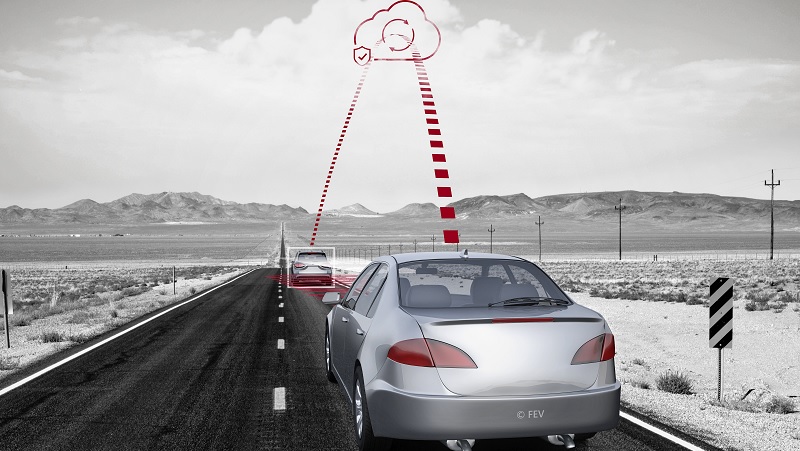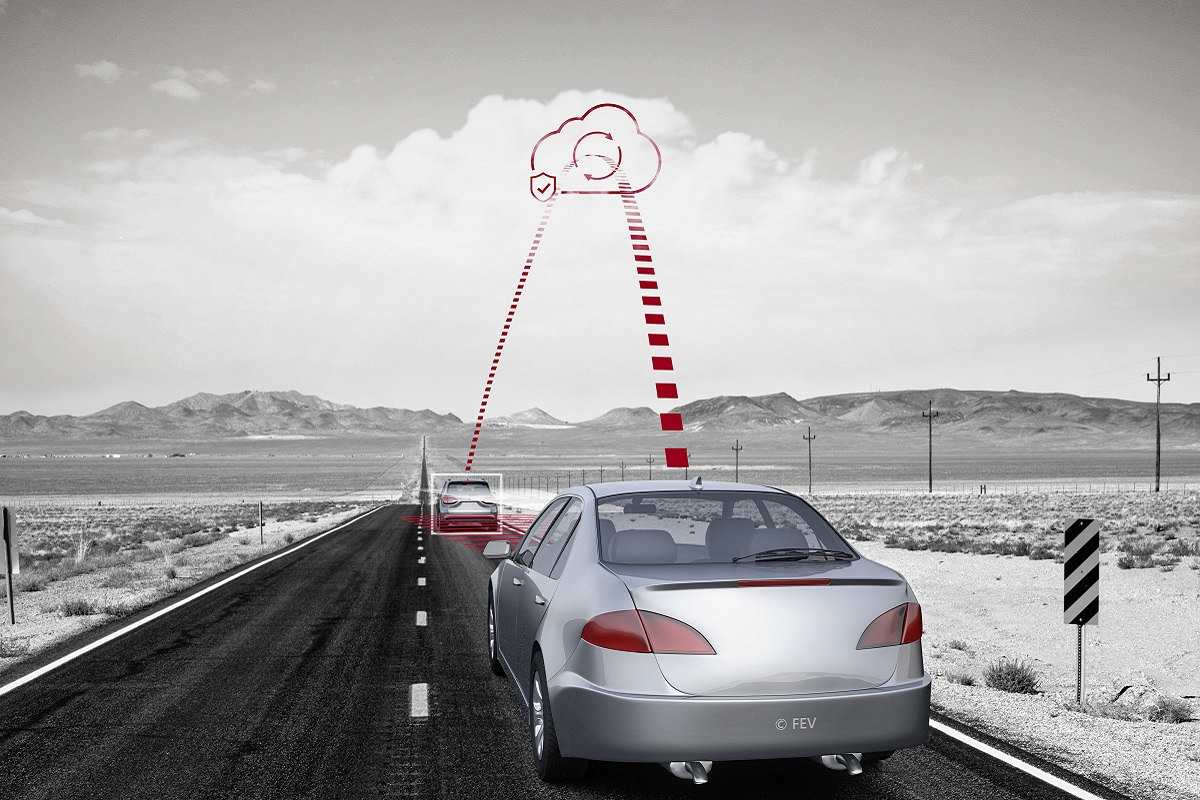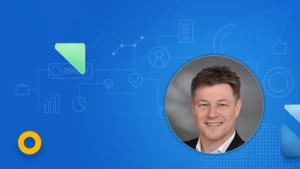
The cloud teaches cars to see
Self-driving cars
Likely the hottest topic in the automotive industry right now? Self-driving cars. In order to become reality, the vehicles must recognise objects that are in the way. The basis for this: Terabytes of image and sensor data that suppliers and manufacturers must evaluate daily during the development phase in order to classify objects. How can this be done the fastest?
Recognising a moving car is comparatively easy for a fellow moving car equipped with cameras. But what about a camping trailer? A pushed bicycle or one that is only at a standstill at a lamppost at an intersection? Not to mention pedestrians (old, young, fast, standing, with prams). So, self-driving cars need to be able to recognise and distinguish a lot of objects properly in order to make the right decision: Brake, avoid, continue. The whole thing is made even more difficult by changing weather and lighting conditions.

In order to teach their vehicles to see, manufacturers, platform operators and suppliers must record and classify as many variants of the possible objects as possible. They do this by recording millions of kilometres driven by auto fleets every year. The cars equipped with cameras and Lidar (Light Detection And Ranging) sensors collect the necessary data during the trips, in which software then searches for the desired objects and marks them.
The challenge here is the huge amount of data: A single camera produces more than 1.6 terabytes of image data every day. Since fleets consist of a double-digit number of vehicles, each with two or more cameras on board, huge data collections are quickly recorded. Add to that the data generated by Lidar, a type of laser scanner that captures three-dimensional objects. Although these are less extensive than the camera images, they are more complex to evaluate.
Given the mountains of data, it is obvious that only software can do the so-called labelling, i.e. marking the objects. Labelling tools have a base of familiar objects and encourage human operators to collaborate only when they are unsure. Two factors are important for this process to be as effective and efficient as possible: Processing power and the most accurate detection.
The cloud offers the former abundantly. This is why the service provider FEV Europe GmbH has its labelling tool run the complex computing processes on Microsoft Azure. The clusters from Nvidia graphics processors available there are ideally suited to sift through the large amounts of data of the vehicle fleets. In addition, customers only have to pay for the computing power that they access and do not have to maintain an infrastructure, which then only gets outdated quickly.
The labelling software achieves the necessary precision through machine learning: The neural network is getting better and better. Each time a human operator correctly assigns an object not recognised by the software, the neural network becomes denser – recognition rates increase. Typical of the cloud, the neural networks are separated according to client, so there is no mixing.

To learn more about how cloud and machine learning are helping the automotive sector with its huge self-driving car challenge, we recommend clicking on this link. It will take you to the case study of the FEV Europe GmbH mentioned above. Have a good trip!




